Many people do not think about the composition of the item. They wash all fabrics with one powder, which can have a detrimental effect on them. This article tells about what material synthetic fabric PES is, as well as about natural fibers.
Why do you need to know the composition of the fabric?
It is necessary to know the composition of fabrics in order to take proper care of them.
Fabrics are:
- Natural. Manufacturing technology using animal and plant raw materials;
- Artificial. Obtained through chemical treatment. There are many types of such fabrics (nylon, capron);
- Mixed. They are obtained by mixing natural and artificial ones, which gives them new properties. The materials have a higher density than synthetics, they are easier to care for (poplin).
Important! Each item that is released at the factory has a marking that states the composition of the threads from which it is made. Very often the name of the threads of the fibers is written in full, but sometimes abbreviated names are used.
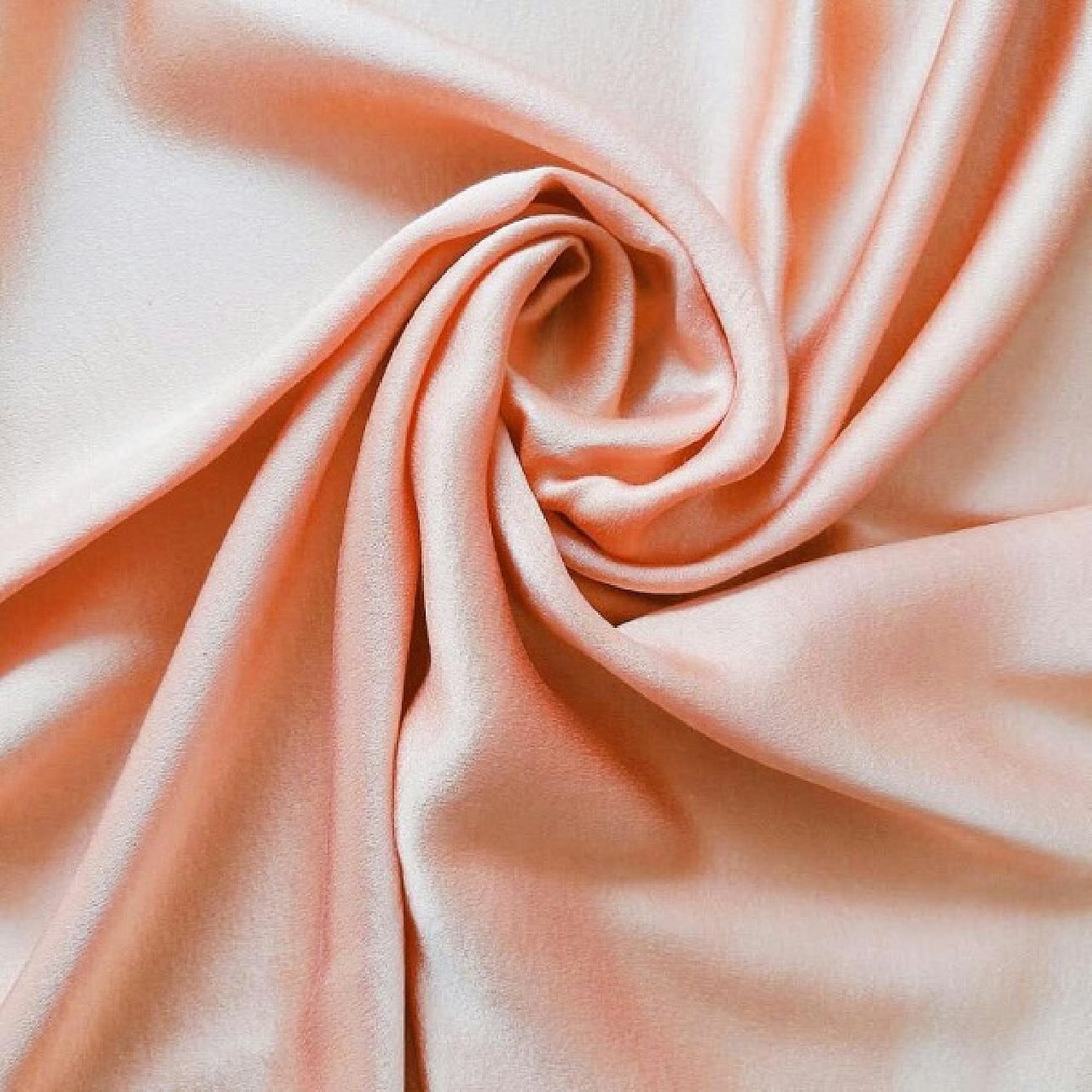
What does the label on the fabric say?
The material composition label is necessary for many reasons. First, it defines the mechanical and external functions of the material, its strength, shrinkage, and other parameters.
Different types of threads can differ in cost several times. In general, synthetics are cheaper than natural materials. Knowing the composition, you can easily understand how to wash, dry and iron the product. The care regimen can determine the use of the products. For example, 100% silk tulle cannot be used in the kitchen, it will accumulate dirt, so constant washing is needed, and it will begin to shrink it. Synthetics are more suitable for the kitchen.
Abbreviated letters denoting the types of fibres included in the product are prescribed by international rules.
Composition, basic properties and care of different fabrics
The table of fabric composition is shown in the figure below.
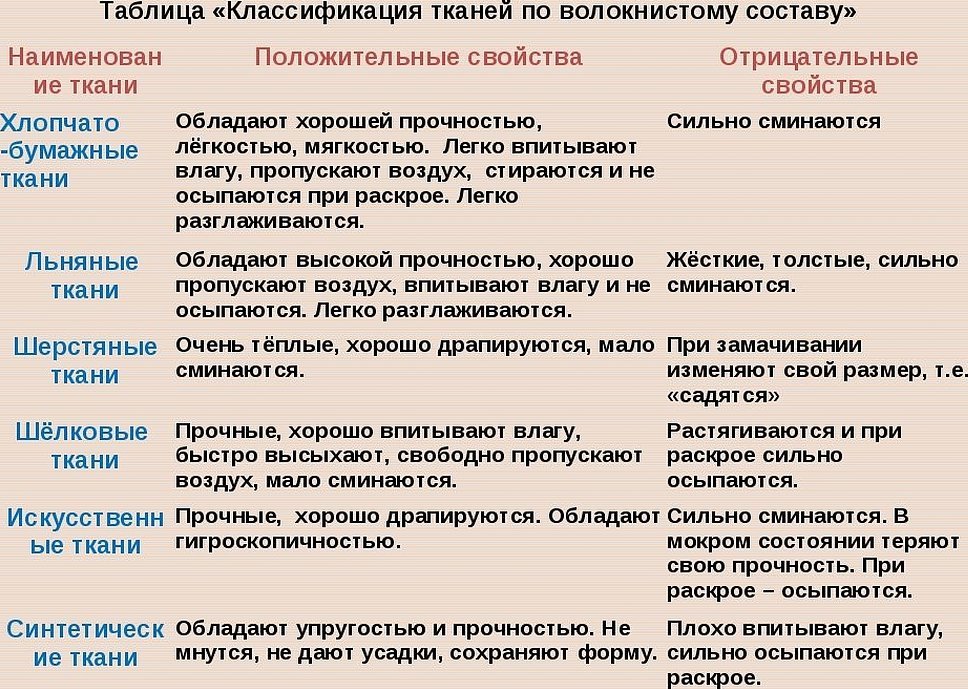
To properly wash and iron items, you need to know their exact composition. Some fibers are presented below.
Cashmere
This is a Turkish material. Cashmere products are pleasant to the touch, soft and warm, consisting of natural threads - mountain goat wool. Such material requires serious care.
Wash only by hand in cold water and gentle detergents. Machine washing is allowed very rarely, also in cold water, for no more than 30 minutes. Fabrics cannot be wrung out, they must be dried only in a horizontal position on the surface. Products can be made entirely of cashmere, but often they simply contain a small percentage.
Natural silk
It is used to make women's and men's clothing. Shirts, blouses, underwear and much more. It has increased strength characteristics.

It is quite difficult to take care of it. It is advisable to wash it only by hand. When washing, it is necessary to separate silk items by color. Wash only at a temperature of no more than 40 degrees, do not soak. It is forbidden to strongly crush and rub the material. Wring it out carefully with your hands without force.
If you need to wash in a machine, then silk should be placed in a special bag and turn on a delicate wash. It is better to buy special liquid powders for silk. It is advisable to dry in the air in the shade or on a well-ventilated balcony away from direct sunlight. Ironing is allowed only from the inside, without steam. Do not allow varnish, paint or alcohol to get on silk, these stains can no longer be removed.
Flax
Linen what kind of fabric and what is made from it. Summer dresses, tulle or bed linen are made from it. You can wash it both by hand and in the machine. Light and natural linen items are recommended to be washed at a temperature of 70°C.
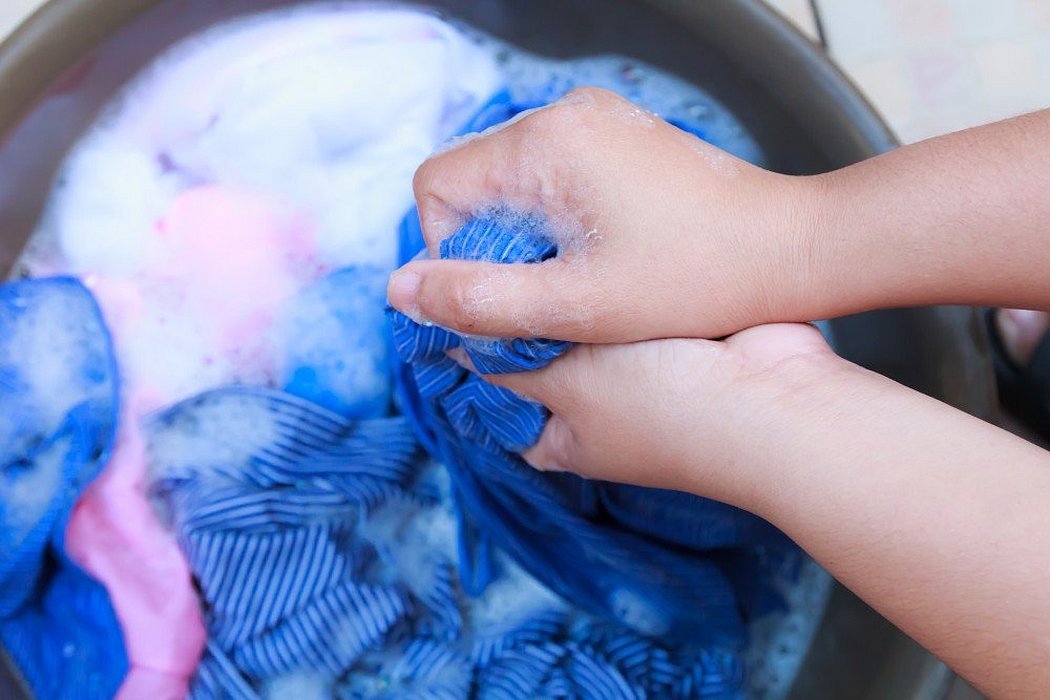
Light materials can be boiled. Do not use washing powders with added bleach and chlorine, because aggressive agents contribute to the easy destruction of linen threads and the colors of the product can be washed out. It is advisable to dry linen clothes in the open air in a straightened form. It is advisable to iron still damp fabrics at a temperature of 100 degrees.
Cotton
Almost everything is made from cotton. Children's and adult clothing, bed linen, curtains, underwear and much more.
Washing is allowed both by hand and by machine. The optimal water temperature for washing is about 60°C. For very dirty and white or single-colored items, you can set it to 90°C; for colored fabric 50°C, and for thin materials up to 45°C, you must read the label.
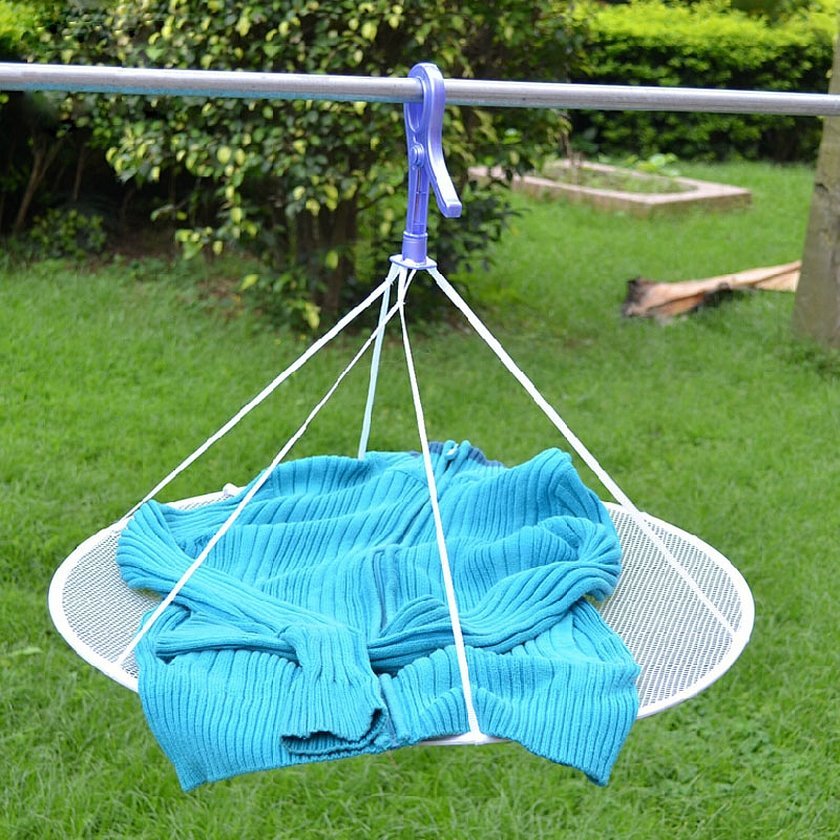
Synthetic fabrics should be washed separately from cotton, otherwise pellets may appear. Almost any powders that do not contain bleach are suitable for cotton. It is forbidden to dry in the machine, as the item may shrink. It is better to dry it vertically in the open air. Iron at a temperature of 150 degrees, using steam.
Viscose
It is recommended to wash viscose only by hand. Powders should be gentle, without chlorine in the composition. It is better to wring out using a towel. Dry horizontally away from ultraviolet light and batteries. Iron in the "Silk" mode, without steam and water.
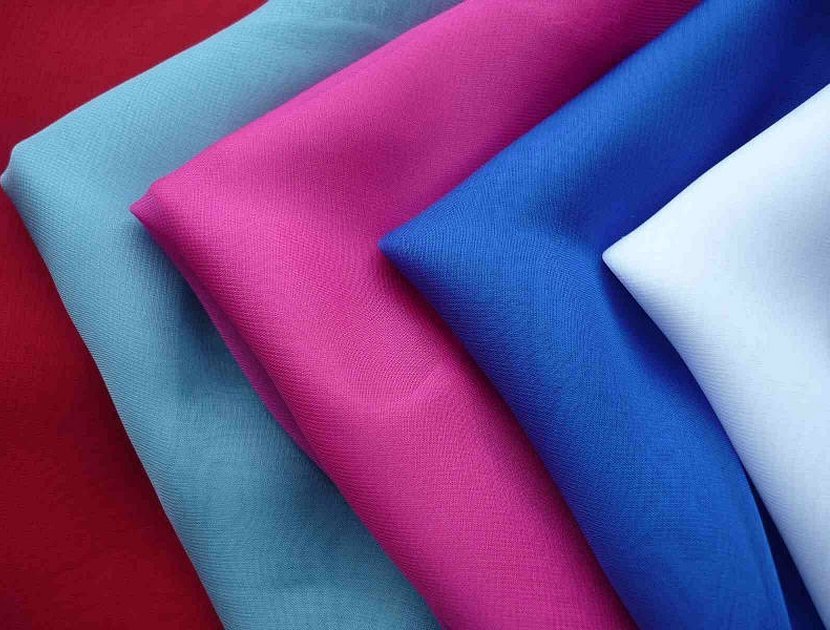
Polyester
It is also called pes fabric. Polyester has the abbreviation PP. It can be washed in a machine at a temperature of 30 - 45 ° C. Light materials can be washed with different washing powders, and colored ones only with gentle detergents. Bleaching is not allowed. It can be dried indoors, on hangers. During drying, the fabrics straighten out, so they do not need to be ironed. Sometimes, in addition to pes, there is an additive Pa.
Additional information! What is Pa in the composition of fabric - this additive means polyamide. Fishing nets, ropes, etc. are made from it.
The designation polyester can be written as PL. It has a subtype fleece, it is listed as WV.
Wool
Designated as Wool. Warm winter clothes are sewn from such fabrics. Sweaters, blankets, pillows, jumpers.
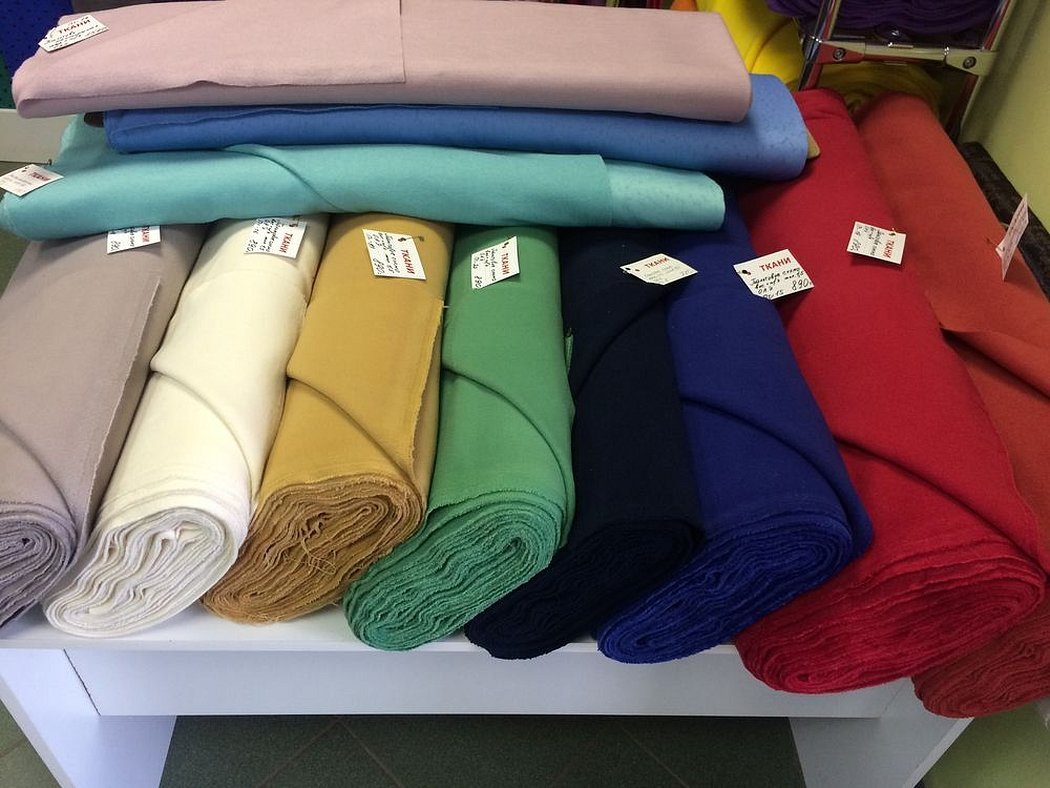
Hand and machine wash is allowed. Often sellers recommend only delicate washing. The temperature should not exceed 45 degrees. Spinning is not allowed.
Important! When hand washing, do not wring too hard.
Buy powder only for wool. It is advisable to dry horizontally, on a towel. Iron in wool mode, through a gauze mesh. But many do not iron woolen fabrics, but simply let them hang. Sometimes you need to treat with a dry brush so that the product does not start to fade. It has a gabardine subtype.

Machine washing can be done on a delicate cycle. It is better to wring by hand, as the machine can stretch the item too much. Drying is recommended at 40 degrees.
After purchasing the products, it is necessary to know the raw material composition of the fabric in order to properly care for it. Improper washing or drying can lead to damage to the product in just a month.




